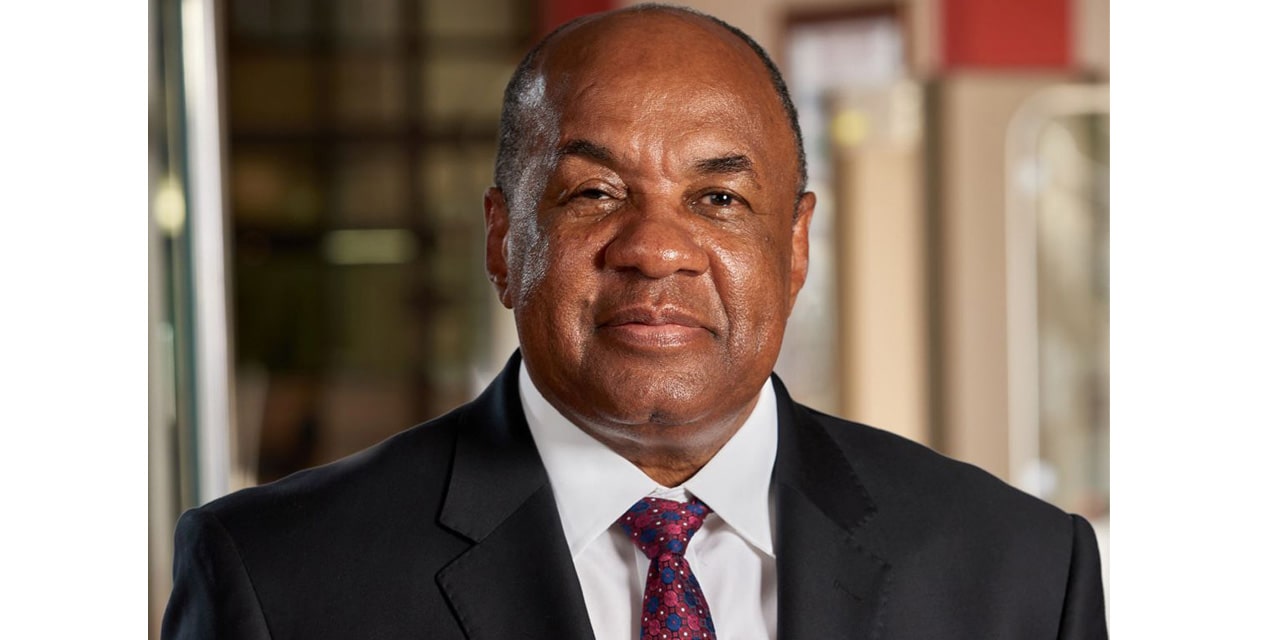Niël Terblanché
The Bank of Namibia (BoN) has decided to maintain the repo rate at 7.75 percent, following its bi-monthly Monetary Policy Committee (MPC) meeting on June 17-18.
According to Johannes !Gawaxab, the Governor of the Bank of Namibia, this decision aims to support the domestic economy while preserving the peg between the Namibia Dollar and the South African Rand.
“The committee’s stance reflects a cautious approach to balancing economic growth with inflation control,” !Gawaxab said while announcing the decision.
He said that Namibia’s economy demonstrated significant growth in the first four months of 2024, particularly in the mining, electricity generation, wholesale and retail trade, and tourism sectors.
“Despite this positive trend, the growth forecast for the entire year has been revised downwards to 3.7 percent from 4.2 percent in 2023. The slowdown is attributed to challenging conditions in the primary industry, notably due to severe drought,” he said.
According to !Gawaxab, inflation has shown a general downward trend, averaging 4.9 percent during the first five months of the year, compared to 6.8 percent in the same period in 2023.
“Recent months have seen a slight increase in inflation, driven by higher costs in transport and housing. The Bank projects that average inflation will moderate to 4.5 percent by 2025,” he added.
He said that Private Sector Credit Extension (PSCE) has also seen reduced growth, reflecting cautious borrowing by households amidst economic uncertainties.
He added that the country’s trade deficit widened to N$13.5 billion in the first four months of 2024, primarily due to decreased diamond and uranium exports and increased imports of consumer goods and machinery.
With regard to the global stage, !Gawaxab said that the economy continues to grow modestly, supported by robust performances in the Euro Area, the United Kingdom, and China.
He, however, pointed out that global inflationary pressures remain, with key commodities such as gold and uranium witnessing price increases, while diamond prices have declined due to weaker demand in major markets like the United States and China.
According to !Gawaxab, most central banks globally have kept their policy rates unchanged, focusing on stabilizing their economies amidst persistent inflationary pressures.
“The Bank of Namibia’s decision aligns with this trend, emphasizing stability and economic resilience,” he said.
The MPC stressed that while the domestic economy shows signs of recovery, several risks remain, including the ongoing drought and potential disruptions in water supply in coastal towns.
The committee will remain vigilant and will continue to monitor economic developments closely.
The next MPC meeting is scheduled for 12 – 13 August, where members will reassess the economic landscape and make further decisions on the country’s monetary policy.




